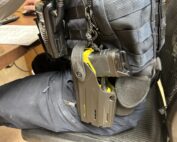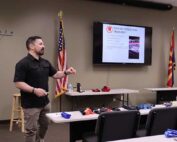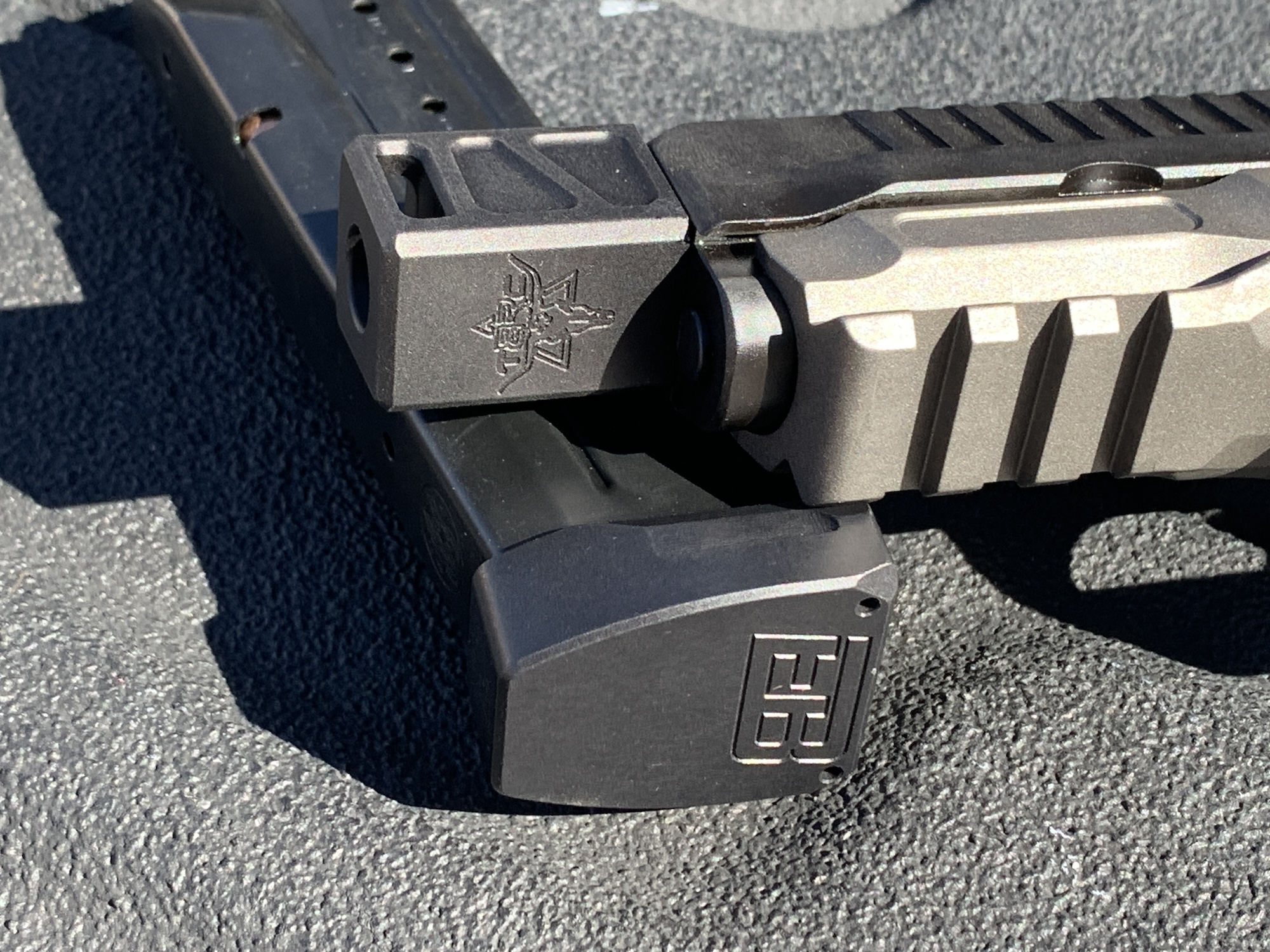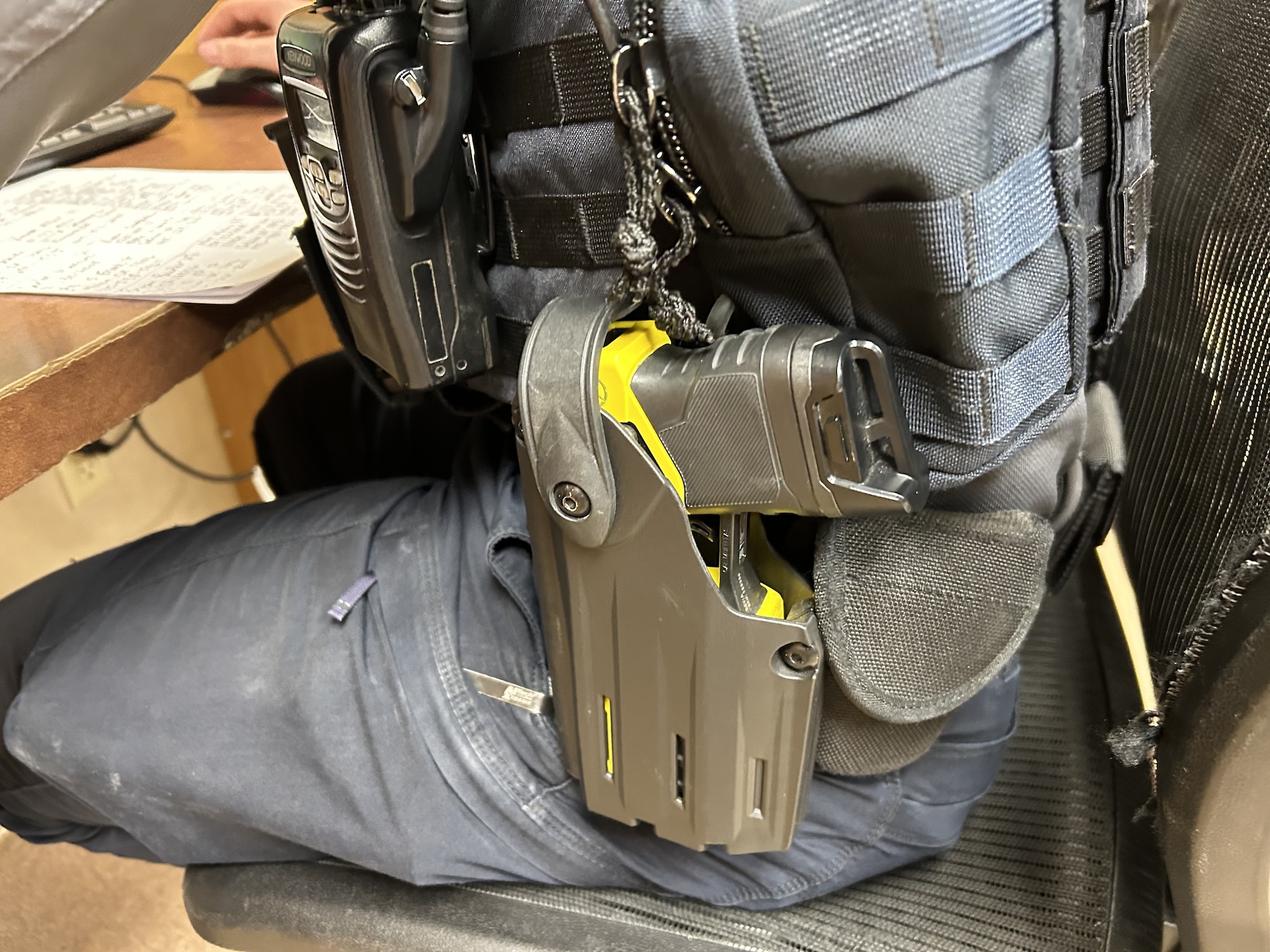
AC-03-09-21-LS-1-800
Back in the days when I was working in executive protection, we had a team leader (TL) who was a seasoned, salty dog. In the field for several decades and on the verge of retirement, at a pre-deployment briefing he once said to us “As protective agents, if you boys go to guns you failed.”
We were dumfounded by his words as firearms training was paramount to deployment. In fact, our hard skills requirement was such a high priority that if you didn’t pass the firearms qualification you would not be eligible for deployment. How could he get away with saying something like that?
He considered firearms “lifeboats on the Titanic.” His thinking was a ship goes down due to negligence. If you go to guns as your one and only response, you have instantly raised the use of force, eliminated any other options, and placed everyone involved at higher risk.
What he was trying to make us realize was, that if you rely on only one tool, the lifeboat, then you have failed miserably in your job responsibilities to protect those in your charge. Going to guns should be considered a last-ditch effort.
As a civilian, and the protective agent of your household, aside from the reality that you’re not allowed to carry a gun at the likes of airports, federal buildings, hospitals, schools and posted businesses, consider other advantages of not going to guns.
Imagine you’re in a situation that offers you two choices – go to guns (shooting solution) or don’t go to guns (alternate solution). You identify an active threat and determine that going to guns is a justifiable solution.
Given your level of training, you shoot the bad guy with your gun. Further assume you succeeded in stopping the threat and, other than the bad guy, nobody else was hurt. At your criminal hearing, all was found to be by the book, your shooting was immaculate, textbook perfect, and it was determined to be completely justified.
However, the price tag in civil court for your perfectly justifiable shooting may well exceed over $150,000 in attorney’s fees plus the next three to five years of your life in and out of depositions, hearings and or courtrooms. Again, that’s if everything went right. What would have been the result of that same scenario if you didn’t go to guns and there was another way to stop the threat? What if there was an alternate solution?

With instructor Steve Tarani observing, Mike Detty fires at a Pepper Popper target on the Scrambler course at Gunsite.
About a year ago, I had a student attend one of my firearms training classes who found himself in a bad mugging situation. The perpetrator confronted him and demanded his wallet. Given additional contributing factors it was a situation that warranted firearm response and it would have been a justifiable shoot. However, thinking further along the timeline my astute pupil realized the long-term repercussions of dropping this bad guy.
He therefore reluctantly kept his readily accessible weapon in his holster and handed over his wallet. Luckily, his phone wasn’t on his person at that time and he later cancelled any cards after the perp vacated the area getting away with about $100 for his troubles. Looking back on the situation he said it was the best decision of his life.
“If you go to guns you failed” means that you failed multiple opportunities to take preventive measures in ensuring your personal security and that of those who you are responsible to protect.
Depending upon the situation, you may need a lifeboat, and if so, then yes, you certainly need to know how to use it. How about being proactive and using your situational awareness to look for icebergs? And if you happen to see one then how about taking active measures by steering the ship clear of it? What a concept – not relying on the lifeboat as your only tool.
The critical importance of choosing threat avoidance over threat defense is a game-changer when it comes to personal security.
Going to guns is analogous to going for the lifeboats. Relying only on a shooting solution means you have found yourself behind the action-reaction power curve. It means you are not in control. You are reacting and attempting to regain control by shooting your way out of the situation. By going to guns you instantly direct your attacker’s bullets to your position, placing yourself and those nearest you, at higher risk. Going to guns should never be your first consideration in solving any tactical problem. It should be your last.
Why did our team leader prefer proactive measures over reactive measures? Aside from the obvious reason of reducing operational risk to ourselves and our protectees, experienced had taught him that proactive measures establish immediate control, work any time and any place, and can give you the tactical advantage.














